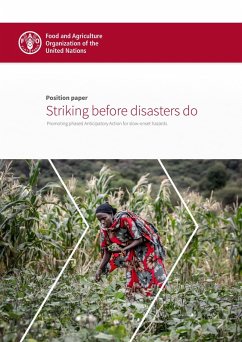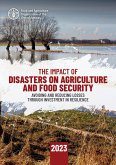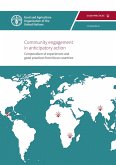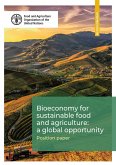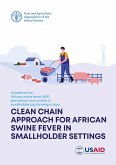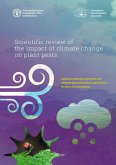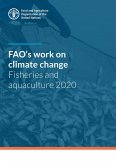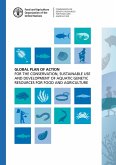Hazards may occur suddenly (sudden-onset) or develop over time (slow-onset) and threaten people's lives and livelihoods and all the pillars of sustainable development. Since 2016, the Food and Agriculture Organization of the United Nations (FAO) has supported extensive country-level work on Anticipatory Action for several slow-onset hazards such as drought, cold waves, pests and diseases, Rift Valley fever and the secondary consequences of COVID-19. This paper summarizes FAO's conceptual and programmatic approach for anticipating and mitigating the impact of slow-onset hazards on the most vulnerable people depending on agriculture for their livelihoods and food security. Drawing on FAO's experiences in implementing Anticipatory Action and the technical expertise built over decades, it recommends a phased approach to Anticipatory Action for slow-onset hazards as it reduces uncertainties associated with early warning information, improves the targeting of Anticipatory Action interventions and helps adapt the selection of Anticipatory Action options to the evolving hazard context.
Dieser Download kann aus rechtlichen Gründen nur mit Rechnungsadresse in A, B, CY, CZ, D, DK, EW, E, FIN, F, GR, H, IRL, I, LT, L, LR, M, NL, PL, P, R, S, SLO, SK ausgeliefert werden.

